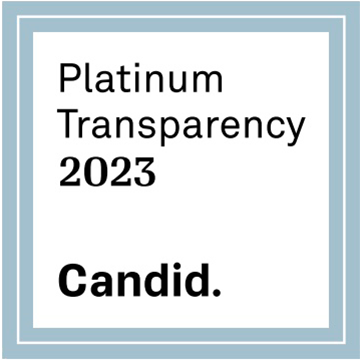Zoning Code
An overlay zone is a zoning district that is applied over one or more previously established zoning districts to create additional or stricter standards and criteria for properties. Overlay districts are used to protect special features, such as historic buildings, or to promote specific types of development like affordable housing.
Overlay zones are also commonly used to protect natural resources such as stream corridors, watersheds, and aquifers.
Zoning districts can also be used to set an overall impervious cover threshold that would require density limits in some areas and would direct development away from the urban fringe and existing open space to more developed areas.
Uses that can be justified as contributing to the health, safety, and welfare of the population are generally allowed to be regulated via overlay zoning, and local governments are given broad authority to determine what regulation is in their community’s best interest. Communities must ensure that any zoning is in compliance with the uniformity clause of the Standard State Zoning Enabling Act by ensuring that all similar properties are treated comparably.
Water Protection Overlay Zoning is typically established to control non-point pollution, but there are obvious water quantity benefits and growth management aspects to this type of zoning. Areas with this zoning have standards to reduce or mitigate adverse impacts of development on a water body; examples include limitations on impervious surface cover, larger setbacks, buffers, erosion control features, density requirements, and demonstration of established sewer infrastructure.
According to the American Planning Association, overlay zones can be effective regulatory tools and are politically feasible because they are tailored to address community goals. However, because restrictions and regulations are applied to some properties and not others, they can also be viewed as inequitable and there is the potential for increased costs for developers and agencies in the development approval process.
Case Study: Cochise County Sierra Vista Sub-watershed Water Conservation Overlay Zone
Cochise County adopted zoning regulations in 2007 that established special conservation standards for new residential and non-residential construction within the Sierra Vista Sub-Watershed (SVS), a hydrologic zone where pumping might impact flow in the San Pedro River. An update in 2014 made the overlay zone requirements consistent with the County’s adoption of a WaterSense Code within the SVS. The overlay zone was created to help sustain flow in the San Pedro River, which is essential to continued operation of the area’s economic engine, Fort Huachuca, and its compliance with the Endangered Species Act. The SVS boundaries are defined by the Arizona Department of Water Resources and delineated on County maps.
Within this hydrologic zone, rigorous conservation features must be included in construction when a building permit is required. Residential subdivisions, which require plat approval, must comply with the new WaterSense codes so that the ordinance targets residential construction on unsubdivided land (lands with 1-4 units).
In the Water Conservation Overlay Zone, new residential interior plumbing is required to include the following: WaterSense labeled toilets, pressure reducing valves if water is served by a water company, efficient water softeners and drinking water treatment systems, a hot water on-demand system, and a graywater stub-out to permit the optional use of graywater by residents.
Requirements for new commercial, industrial, multi-family, and public development within the overlay zone are more extensive than those for residential. Non-residential developments must install waterless urinals, efficient dishwashers, water softeners, and drinking water treatment systems. Car washes and automobile dealerships must have water recycling systems. Commercial laundry facilities, including multi-family housing laundry rooms, must have efficient washers. Misters are prohibited and artificial water features are allowed only if they use harvested rainwater and recirculate water. New multi-family development must be sub-metered (with some exceptions), requiring separate water meters for each unit. Landscaping in medians or similar narrow strips must use drip irrigation, and new or replacement automatic sprinkler systems must include a rain sensor to override the irrigation schedule when it rains.
These conditions help ensure that water for new development is used as efficiently as possible in the SVS to reduce groundwater pumping impacts to the San Pedro River, particularly in those areas in close proximity to the River.
Model Overlay Zone Ordinance
Water Conservation Measures within the Sierra Vista Sub-watershed Overlay Zone Ordinance (14-03)
Contact
Cochise County Planning and Zoning
Website: https://www.cochise.az.gov/planning-and-zoning/home
Email: planningandzoning@cochise.az.gov
Phone: 520.432.9240



